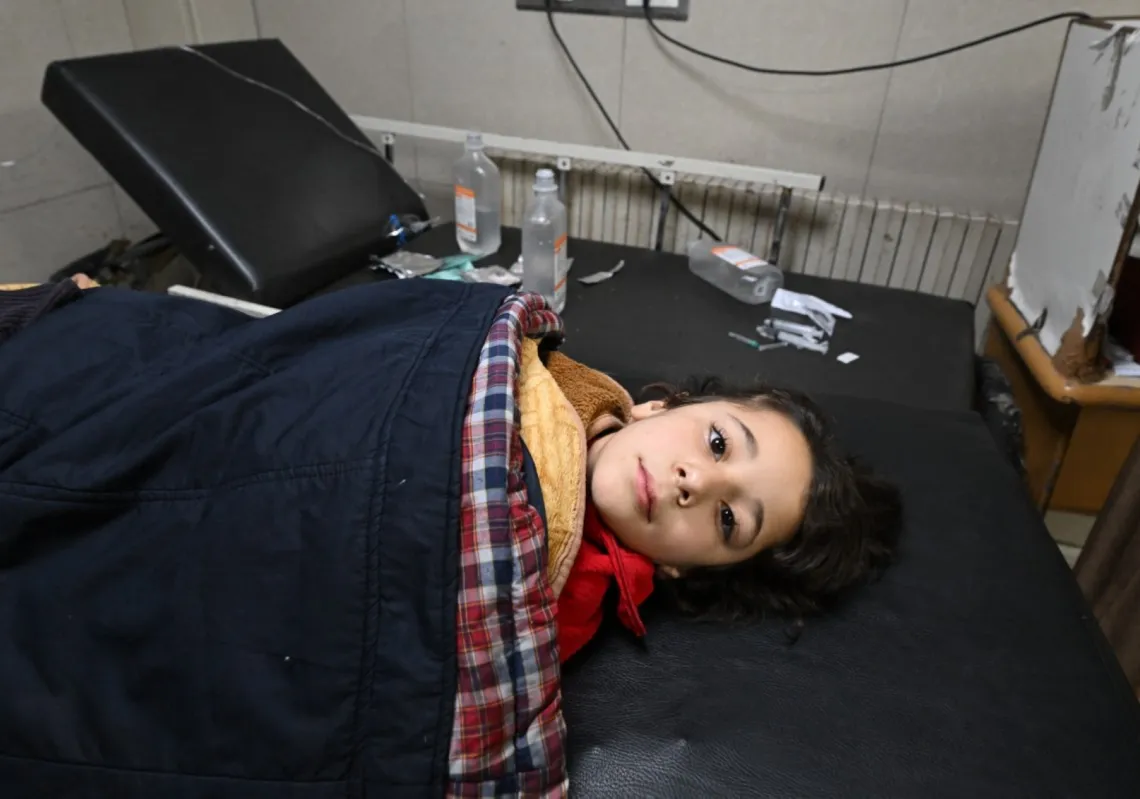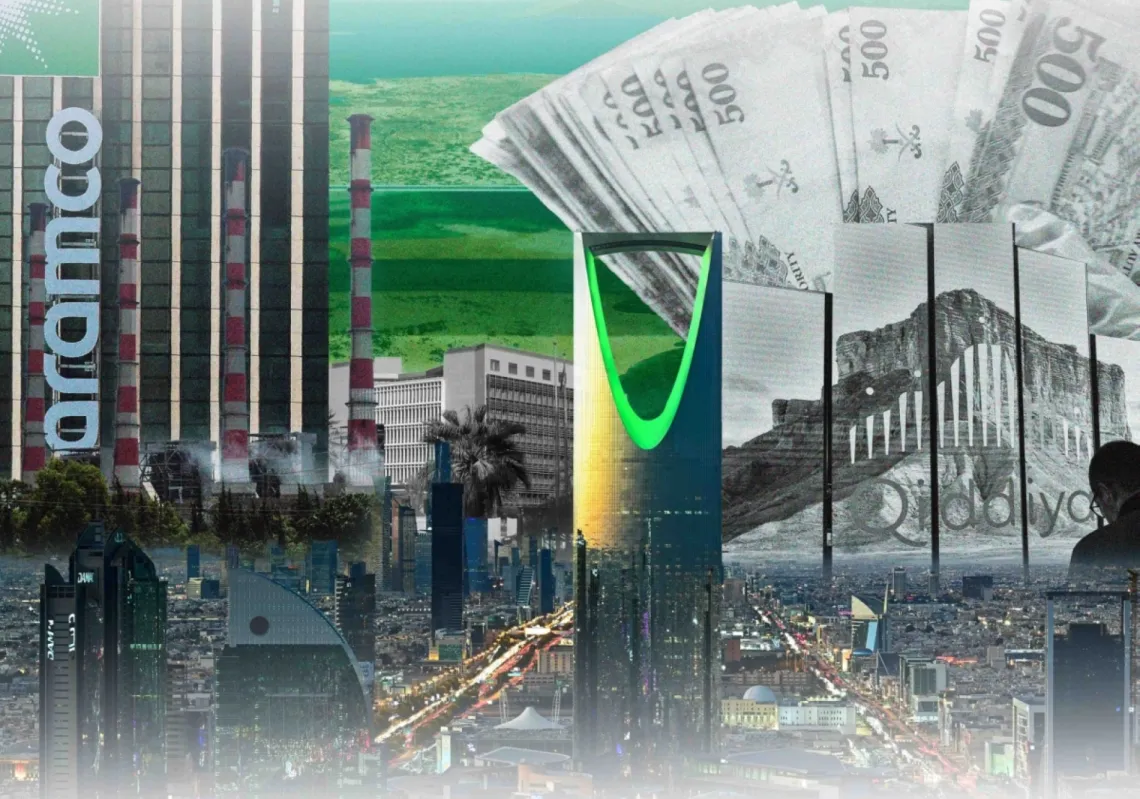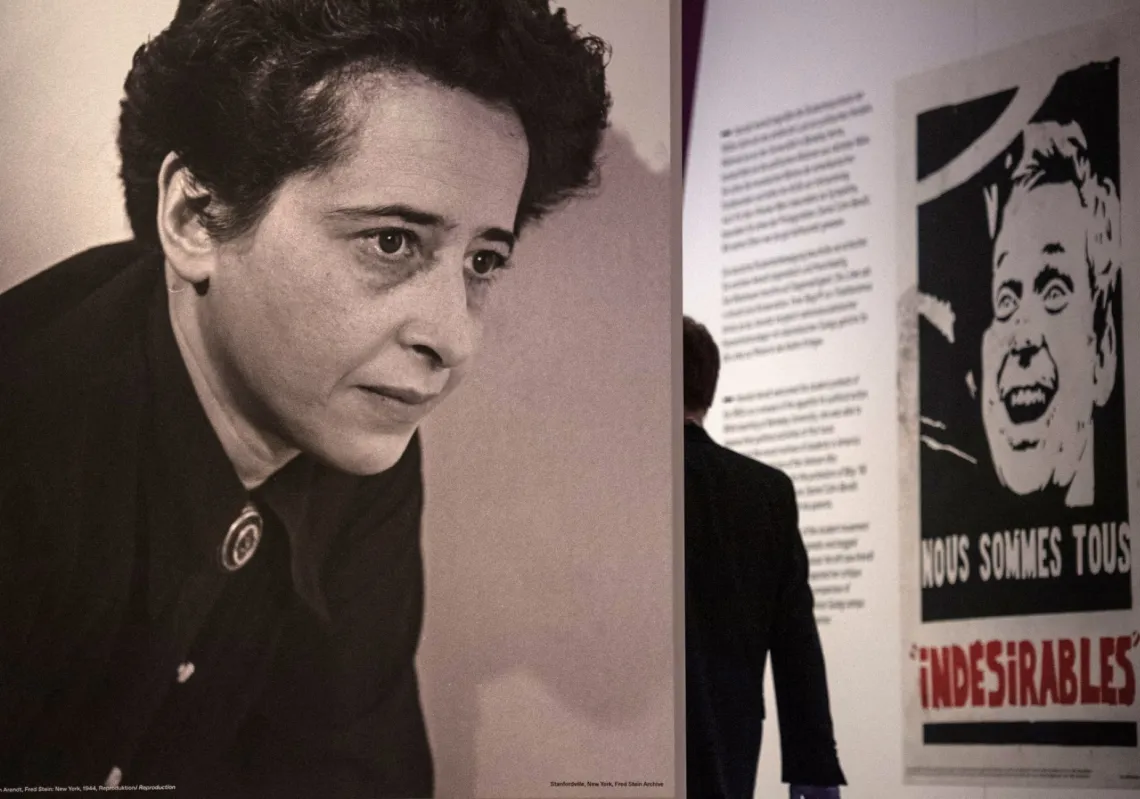Beirut: Lebanon’s nightlife staple Metro al Madina's remarkable journey has survived the country's ‘era of collapse’, finding a bigger home for itself in the capital city.
With its unique vision, Metro has always sought to uncover the joys hidden within the depths of Arab musical heritage. It also set out to reclaim the grandeur of the often-denigrated and misunderstood cabaret scene, redefining it as a space rooted in quintessential urban experiences and lighthearted entertainment.
Within this metropolitan atmosphere, myriad art movements began to take shape. Metro's team unearthed hidden cultural treasures ready to be polished off and revived for a younger audience, infusing them with a modern take on societal and political issues. They did it all through a lens of satire and criticism while remaining an inclusive haven for all.
The Metro experience has since become a versatile blend of theatrical and musical performances, stand-up comedy shows, live concerts, and DJ parties.
Intimate beginnings
It began in a cosy theatre in the historic Saroula Cinema building on Hamra Street in Beirut. Recently, it found a more spacious home to host its artistic endeavours at the Aresco Centre, also situated in the vibrant Hamra Street.
صور من الورشة بالمسرح الجديد pic.twitter.com/CSEnp7PvC4
— Metro Al Madina (@MetroAlMadina) April 28, 2023
Artist extraordinaire Hisham Jaber – the playwright, director, and creative force behind Metro – has been through many ups and downs over the years, witnessing the venue’s evolution. His ambitious plans helped build its unique character and elevate its impact.
Looking back, Jaber describes the theatre scene in Lebanon as gruelling and exhausting, weighed down by demanding and draining conditions. At the start of his journey, he spent his days seeking funding, engaging with potential donors, applying for bank loans and waiting for approvals.
As a result, theatre productions were few and far between, often taking a considerable amount of time before they saw the light of day.
The concept of Metro Al Madina was born out of these hardships and a desire to challenge the traditional norms of theatre, which typically assumed that there would be an audience seated in chairs and actors performing on stage.

But Metro embraced a more experimental and open space, in a bid to revive the “daily theatre” concept popularised by the late theatrical icon Chouchou. Jaber presented it in a way that aligns with Beirut's transformations since Chouchou’s era in the 1960s and 1970s.
Before Metro, Jaber had put on many out-of-the-box theatrical performances. Some featured actors who played their roles from the auditorium while the audience watched from the stage. He also crafted a three-part play that unfolded over three days and involved audience participation.













